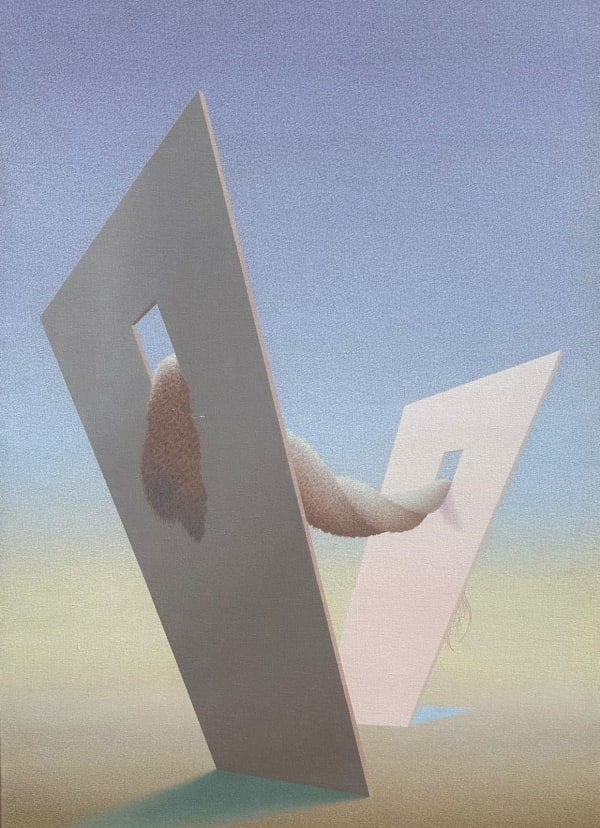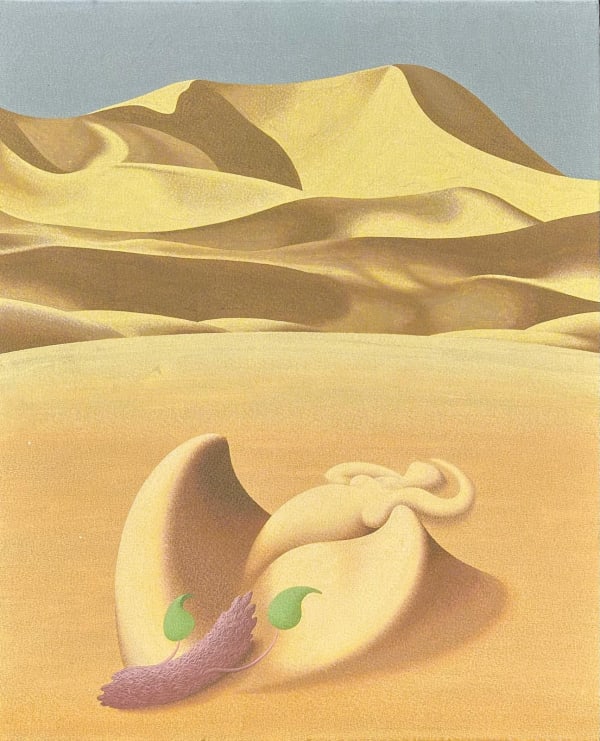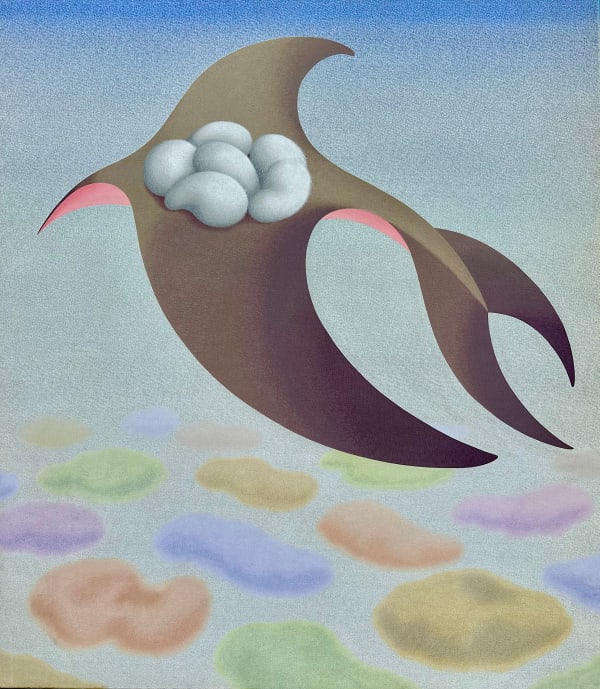-
In 1974 Henry Orlik’s (b.1947) work was included alongside great Surrealist artists such as René Magritte, Yves Tanguy and Salvador Dali in Surrealist Masters (Acoris, The Surrealist Art Centre, Brook Street, London). In the years following the exhibition Orlik created some of his most exciting and dynamic work but due to his increasingly reclusive lifestyle many of these works have remained hidden and unseen.
-
 Henry Orlik, August 1982
Henry Orlik, August 1982 -

-

-

-

-
Current viewing_room
Join our mailing list
Be the first to hear about our upcoming exhibitions, events and news
* denotes required fields
We will process the personal data you have supplied to communicate with you in accordance with our Privacy Policy. You can unsubscribe or change your preferences at any time by clicking the link in our emails.


























